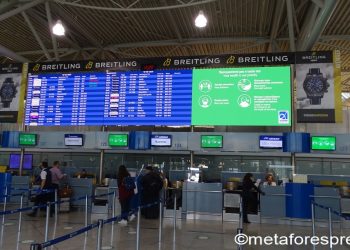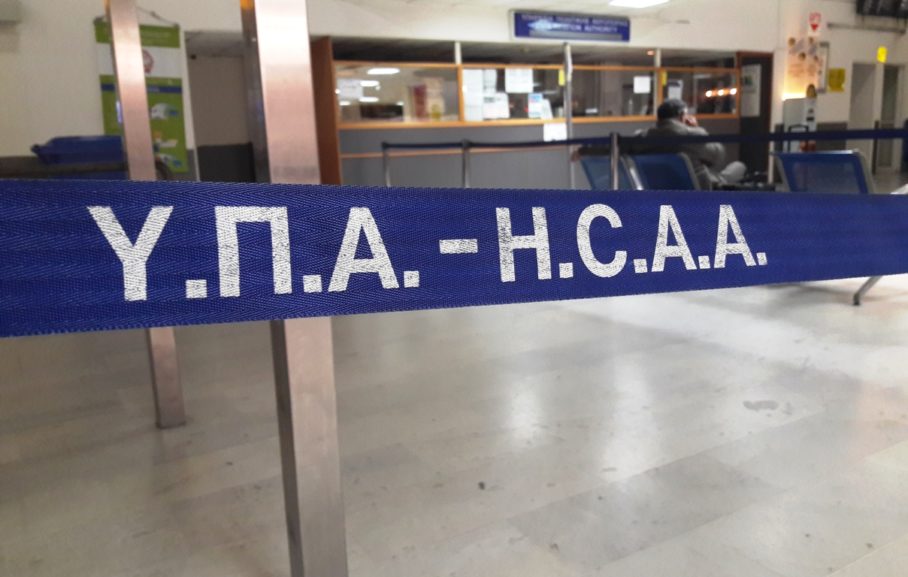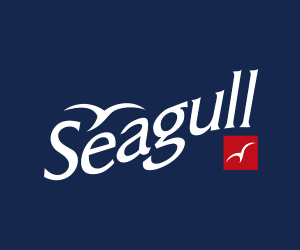While all U.S. airlines have benefited from consolidation and tame fuel costs, the biggest carriers have become the real cash cows. But even among the rarified Big Three, there can only be one at the top. Currently, Delta Air Lines Inc. sits as king of the profit hill.
The years of bankruptcies and bailouts are a distant memory. These days, cheap fuel and strong demand are pouring billions of dollars into airline coffers. Recently, the robust profits at Delta have surged, eclipsing its two legacy rivals. On Thursday, Delta reported a $1.2 billion net income for the second quarter with a profit margin of almost 19 percent.
But such divergence in an industry where airlines generally pays about the same for everything seems extraordinary. What makes Delta’s profit margins outshine American Airlines Group Inc. and United Continental Holdings Inc.? All three pay employees roughly the same, face similar fuel costs, and fly in broadly similar global networks, with extensive joint ventures and other lucrative marketing relationships with foreign airlines.
In fact, when it comes to overhead, all three carriers were within 0.3 cents of each other in the first quarter when it comes to cost per seat mile, or how much to fly a passenger one mile excluding the fuel expense, a standard industry metric. By this measure, Delta actually had the highest expense, at 11 cents per mile, and it rose further in the second quarter.
So what’s the secret sauce in Atlanta? According to analysts, three things appear to separate Delta from the others. One is a regional operation that sports higher fares—and profit margins—than the other two. It also helps that there’s less competition in Delta’s hubs and that it keeps a sharp eye on revenue generation. But it’s that regional segment where Delta seems to be reaping the most benefit relative to rivals, according to a recent report from Stifel Financial Corp. (The analysis omitted United because it reports costs at its regional operations differently.)
Delta may have hit 19 percent overall in the most recent quarter, but it had a 39 percent profit margin on its regional operations last year, excluding fuel, compared with 26.2 percent at American. Overall, Delta’s 32.6 percent margin was only 2.3 percentage points higher than American’s.
“If I’m flying people from New York to Chicago, my ability to get an outsized fare is really bad. I’m flying from two major hubs and there’s a lot of opportunity for people to switch on me,” said George Ferguson, a senior airline analyst with Bloomberg Intelligence. “But if you’re in Montgomery, Alabama, and you need to connect into Atlanta to go somewhere else, I think you’re stuck. And I think that’s the game.”
It’s relatively easy to couple this regional profitability with competitive pressures, which is what Stifel analyst Joe DeNardi sought to do. Delta enjoys a monopoly on about 60 percent of its regional markets, according to Stifel’s analysis, compared with 53 percent at American and 41 percent at United. The market data are from Diio, an aviation data firm.
“We suspect that the Atlanta advantage along with Delta having much higher market shares in its other hubs—albeit hubs located in secondary markets—is showing up in the form of better revenue performance from its regional operation,” DeNardi wrote in his July 9 report. Spokesmen for Delta and American declined to comment on the Stifel analysis.
All three airlines have benefited financially by their moves to larger regional jets and, more recently, bringing in larger mainline equipment on some routes as regional airlines struggle to recruit enough pilots.
One difference at Delta last year was seat count on its regional flights: It counted an average of 64 filled seats per regional flight, including seven in first class, while American had only 61, with five in the premium cabin. This gap is set to narrow by year’s end, with American’s average regional seat count forecast to rise to 63 per flight. The numbers appear close, but multiplied across a large network, the difference in profit becomes clear. Delta may also have another advantage: More extra-legroom premium economy seats on its regional jets, which it sells at higher rates, than American has currently.
More crucially, Delta wields a market share of 76 percent in Atlanta, its base and home to more than a third of its domestic capacity. At the next largest U.S. airline hub, Dallas-Fort Worth, American has only 69 percent market share and the hub represents only 22 percent of its domestic capacity. American sees its highest margins at its Charlotte hub, where it has 92 percent market share, while DFW, its home base, is the largest in terms of total profit.
The advantage for Delta, Stifel concludes, “manifests itself in higher-margin regional flying—not only in Atlanta but in other hubs with dominant market shares.”
Over at United, that carrier’s highest market share is at its Houston hub, where it swings 59 percent, while its six other domestic hubs are far below that in terms of share, according to Stifel.
At its five most critical hubs—Atlanta, Detroit, Minneapolis, New York, and Salt Lake City—Delta has less exposure to lower-cost rival Southwest Airlines Inc. American and United, meanwhile, have far more capacity overlaps with Southwest in their hubs, particularly Chicago, Dallas, Denver, Houston, and the San Francisco Bay area.
In the end, even as American and United close their gaps with Delta, the most germane answer to why Delta appears to enjoy a structural advantage for profitability is simply a function of where the airline flies. Towns with limited air service, such as Valdosta, Georgia, Grand Forks, North Dakota, and Roswell, New Mexico, often host only one of the Big Three.
“In this game, the object is to go fly where [rivals] ain’t,” says Ferguson. “And that’s the place where you can get a better fare.” So far, Delta has been able to do that better than its two biggest peers.
(By Justin Bachman, Bloomberg)

















































